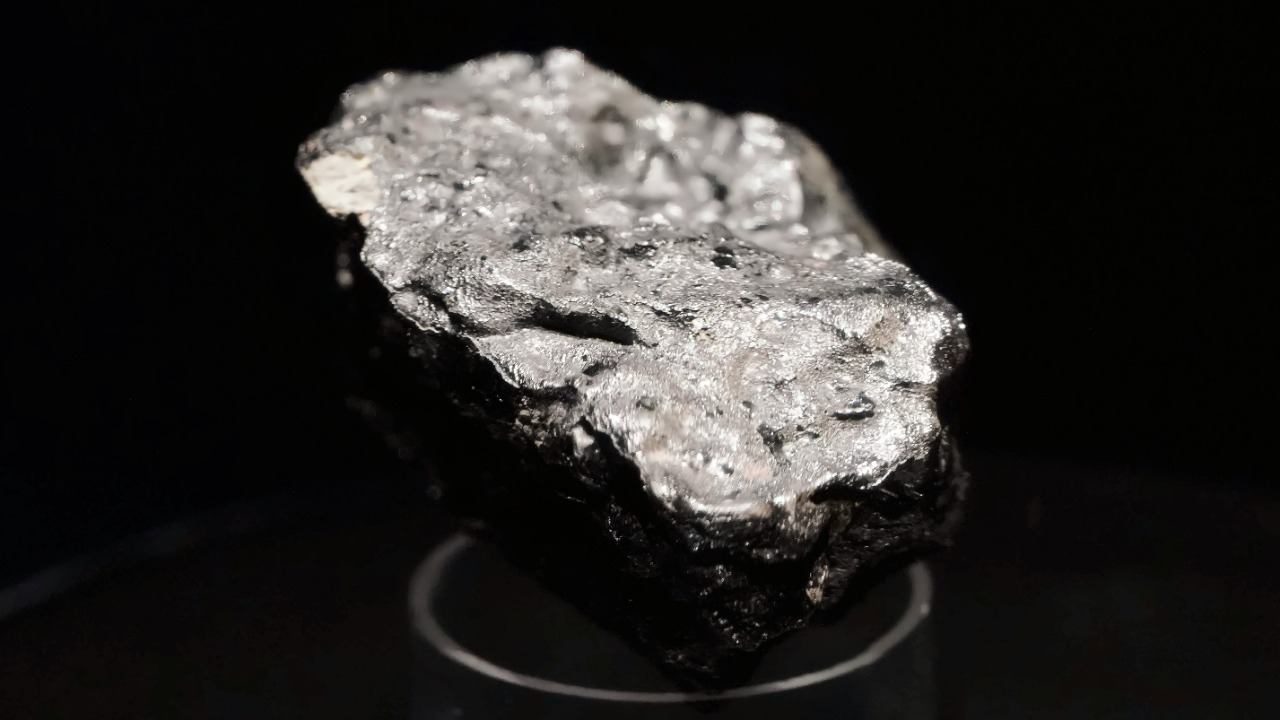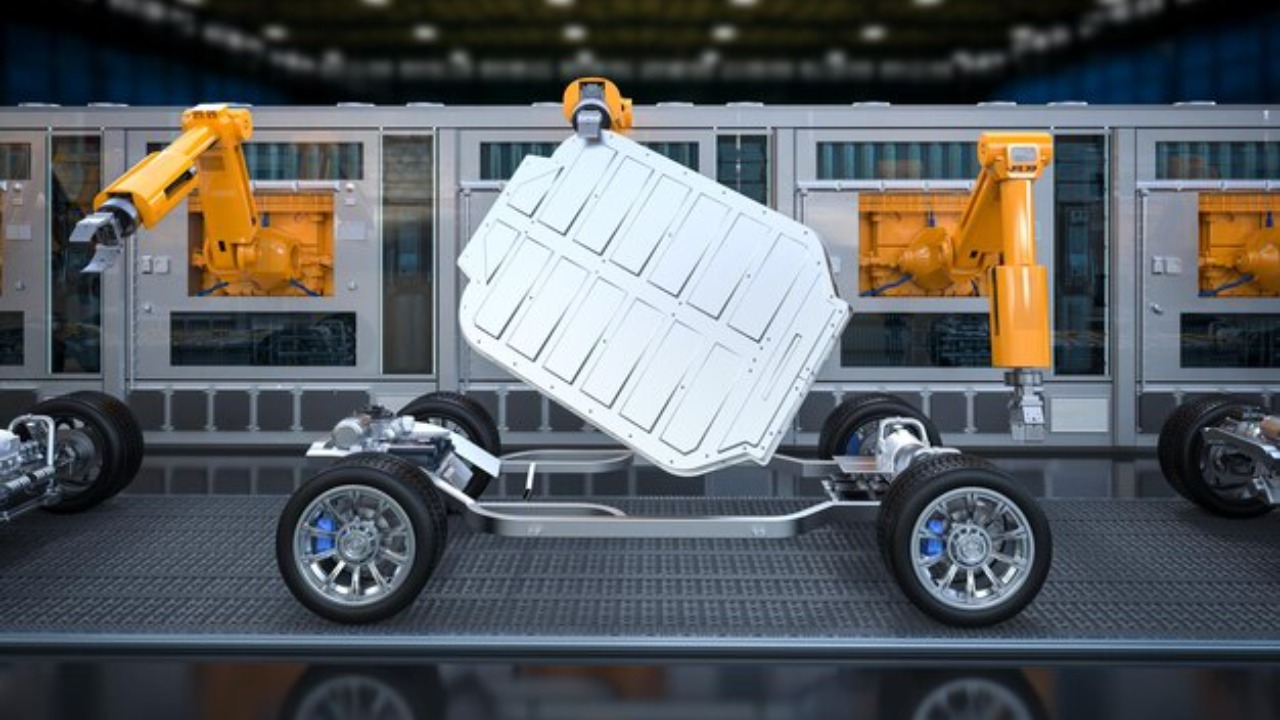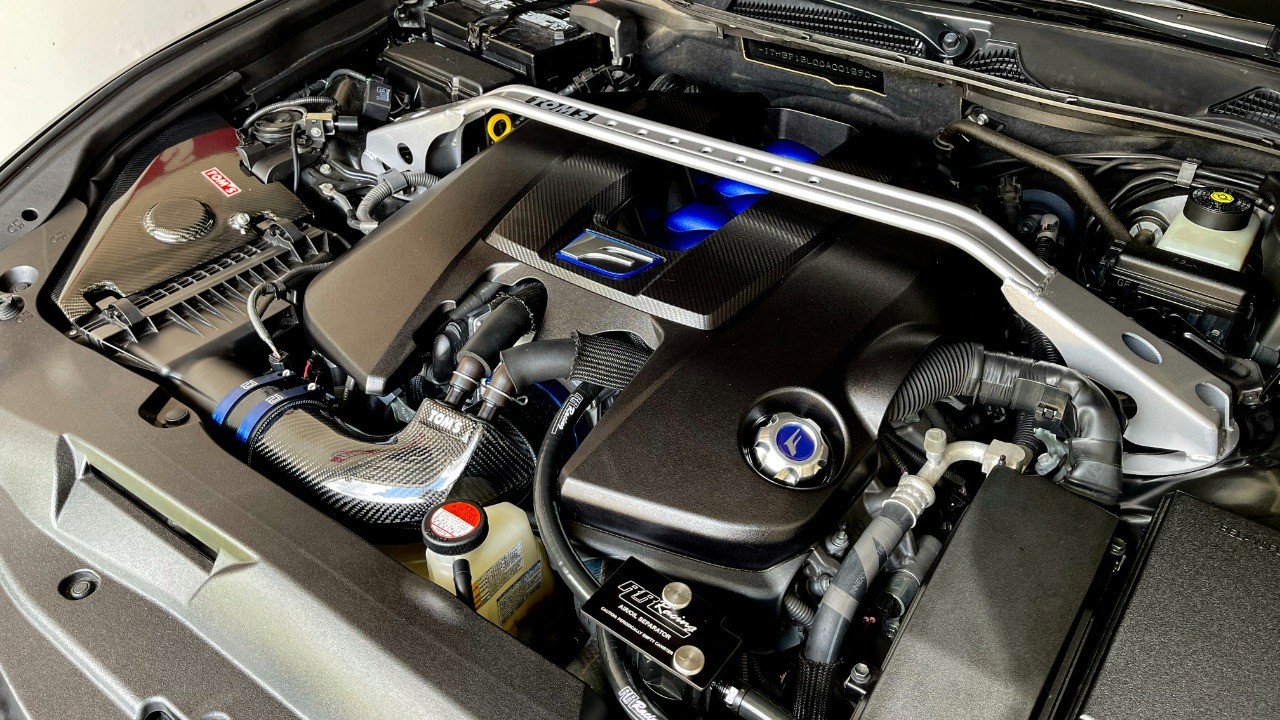
Rare earth magnets, integral components in modern technology, are largely sourced from China, a nation that dominates this critical global market. As the automotive industry increasingly relies on these magnets for electric vehicles (EVs) and other innovations, understanding the supply and demand dynamics is becoming essential. Here, I delve into what rare earth magnets are, why they are vital for car companies, and the implications of their sourcing from China.
Understanding Rare Earth Magnets

Rare earth magnets are powerful permanent magnets made from alloys of rare earth elements. The most common types include neodymium magnets (NdFeB), samarium-cobalt magnets (SmCo), and others containing elements like dysprosium and praseodymium. These magnets are known for their exceptional strength and ability to retain magnetism under high temperatures, making them invaluable in various applications.
The unique properties of rare earth magnets are what set them apart. They have a high magnetic strength, which allows for smaller and lighter magnets in many applications, making them ideal for the miniaturization of technology. Their resistance to demagnetization and heat also ensures durability and reliability in demanding environments. Beyond the automotive industry, rare earth magnets are used in a myriad of applications, including wind turbines, smartphones, and medical devices, underscoring their universal significance.
The Role of Rare Earth Magnets in the Automotive Industry

In the realm of electric vehicles, rare earth magnets play a crucial role in the development of efficient electric motors. These magnets help increase the power density of motors while maintaining a compact size, which is essential for maximizing the performance and range of EVs. As the demand for electric vehicles rises, so does the need for these powerful magnets.
Beyond propulsion, rare earth magnets contribute to numerous automotive innovations. They are used in sensors and actuators that enable advanced safety features and autonomous driving technologies. However, the environmental impact of mining and processing rare earth elements cannot be overlooked. Sustainable practices and efficient resource management are vital to minimizing the environmental footprint associated with their use in the automotive sector.
China’s Dominance in the Rare Earth Market

China’s dominance in the rare earth market is primarily due to its vast production capacity and the government’s strategic investments in the industry. The country accounts for a significant portion of the world’s rare earth production, as detailed in a study on China’s role in the rare earth sector. This control allows China to exert considerable economic and political influence over global trade.
The geopolitical dynamics of China’s control over rare earth supplies pose challenges for other countries attempting to break free from this monopoly. Efforts to develop alternative sources are often hampered by economic, technological, and environmental hurdles. For instance, the United States has faced difficulties in overcoming China’s dominance, as explored in a Time article on U.S. rare earth challenges.
Implications for Car Companies

The reliance on China for rare earth magnets introduces vulnerabilities in the supply chain for car companies. The potential for supply disruptions or price fluctuations can significantly impact production schedules and cost structures. A Wall Street Journal report highlights how these supply chain issues have prompted car manufacturers to seek alternative strategies.
To mitigate these risks, companies are diversifying their supply chains and investing in research for alternative technologies. Some are exploring the development of electric motors that do not rely on rare earth magnets. Others are engaging in strategic partnerships to secure more stable and diversified sources of these critical materials.
Future Outlook and Alternatives

Technological innovations hold the potential to reduce the dependence on rare earth magnets. Research is underway to develop alternative materials and technologies that could replicate the properties of rare earth magnets without relying on these scarce resources. This shift could transform the landscape of the automotive industry and beyond.
Government policies and international regulations will also play a significant role in shaping the future of the rare earth market. As countries recognize the strategic importance of these materials, they may implement measures to encourage domestic production and recycling. A Reuters article discusses how some users are willing to pay premium prices for non-Chinese supplies to ensure stability.
Ultimately, the long-term sustainability of rare earth magnets will depend on responsible sourcing and the development of alternative solutions. As the world moves toward more sustainable practices, the quest for a balanced approach to utilizing these critical materials continues.